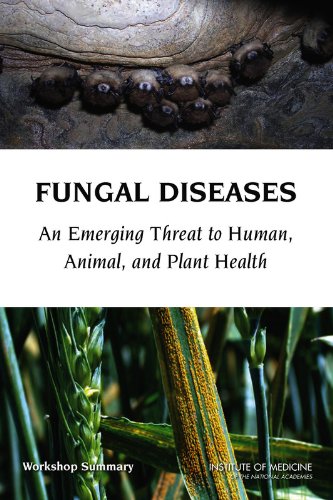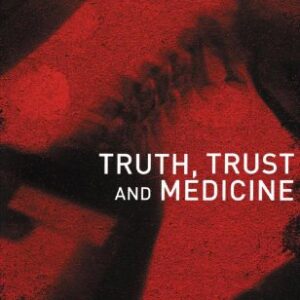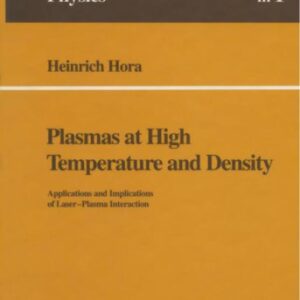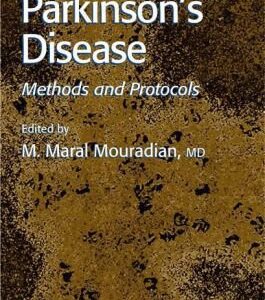“Fungal diseases have contributed to death and disability in humans, triggered global wildlife extinctions and population declines, devastated agricultural crops, and altered forest ecosystem dynamics. Despite the extensive influence of fungi on health and economic well-being, the threats posed by emerging fungal pathogens to life on Earth are often underappreciated and poorly understood. On December 14 and 15, 2010, the IOM’s Forum on Microbial Threats hosted a public workshop to explore the scientific and policy dimensions associated with the causes and consequences of emerging fungal diseases.”–Publisher’s description. Read more…
Content: Appendices: The emergence of Cryptococcus gattii in British Columbia and the Pacific Northwest —
The good, the bad, and the ugly: fungi mold your world —
The fungi 1,2,3, … 5.1 million species? —
Bat white-nose syndrome in North America —
Mammalian endothermy optimally restricts fungi and metabolic costs —
Vertebrate endothermy restricts most fungi as potential pathogens —
Surveillance for emerging diseases in wildlife —
Geography, climate, dust, and disease: epidemiology of valley fever (Coccidioidomycosis) and ways it might be controlled —
Cryptococcus gattii: an emerging pathogen in the United States —
Sexual reproduction, evolution, and adpatation of Cryptoccus gatti in the Pacific Northwest outbreak —
Yeast infections-human genetics on the rise —
The increased risk of global wheat rust pandemics: putting yellow rust into perspective —
Fungal pathogenesis in plants and animals: similarities and differences —
Climate, globalization, and trade: impacts on dispersal and invasion of fungal plant pathogens —
Emerging fungal diseases of wild animal species —
The emergence of Phytophthora ramorum in North America and Europe —
Climate change, extreme weather events, and fungal disease emergence and spread —
Host-pathogen dynamics of Amphibian Chytridiomycosis: the role of the skin microbiome in health and disease —
The effect of trade-mediated spread of Amphibian Chytrid on amphibian conservation —
White-nose syndrome fungus (Geomyces destructans) in bats, Europe —
Pan-European distribution of white-nose syndrome fungus (Geomyces destructans) not associated with mass mortality.
Abstract: “Fungal diseases have contributed to death and disability in humans, triggered global wildlife extinctions and population declines, devastated agricultural crops, and altered forest ecosystem dynamics. Despite the extensive influence of fungi on health and economic well-being, the threats posed by emerging fungal pathogens to life on Earth are often underappreciated and poorly understood. On December 14 and 15, 2010, the IOM’s Forum on Microbial Threats hosted a public workshop to explore the scientific and policy dimensions associated with the causes and consequences of emerging fungal diseases.”–Publisher’s description
Medicine
[PDF] Fungal diseases : an emerging threat to human, animal, and plant health : workshop summary LeighAnne Olsen; Institute of Medicine (U.S.). Forum on Microbial Threats.; Institute of Medicine (U.S.). Board on Global Health.; et al
$9.99






Reviews
There are no reviews yet.